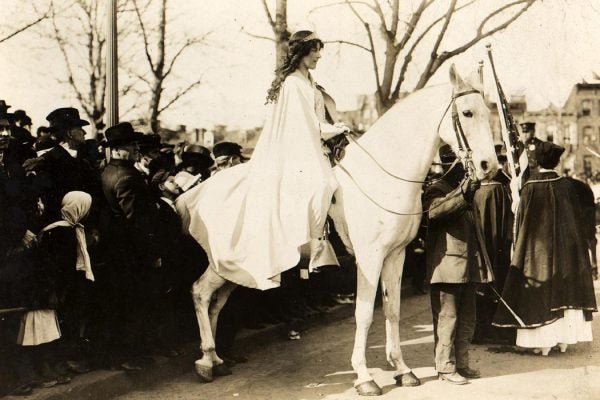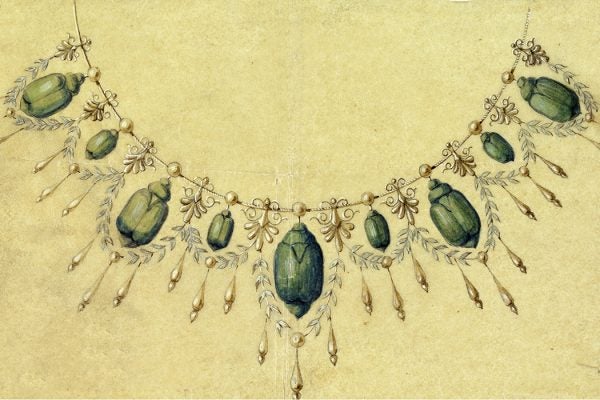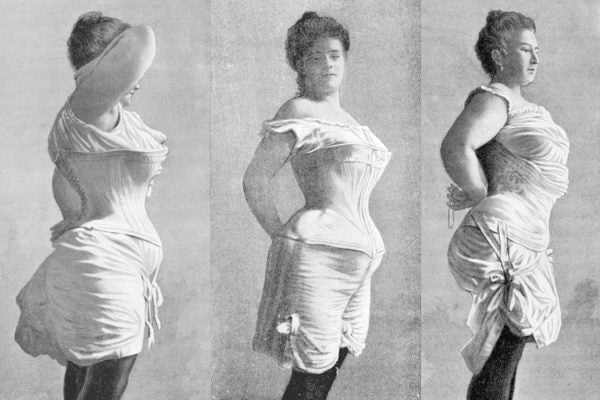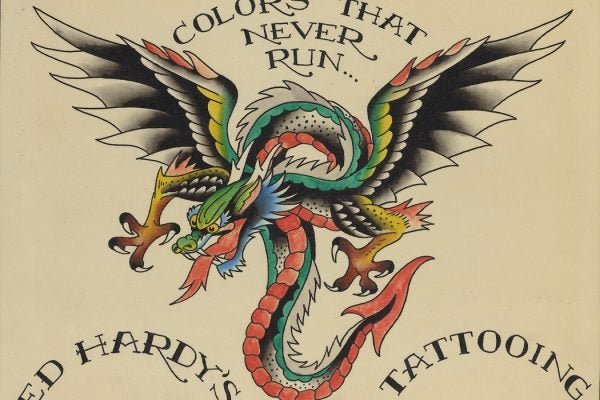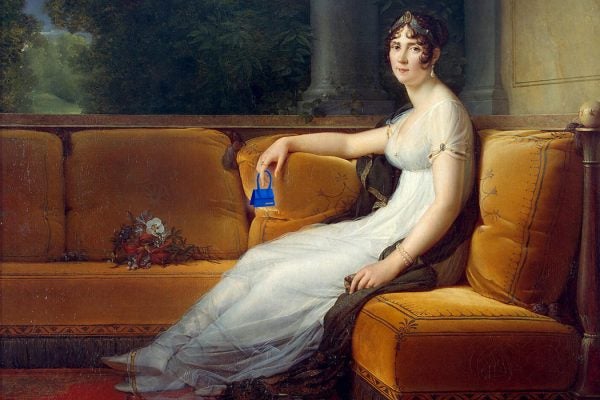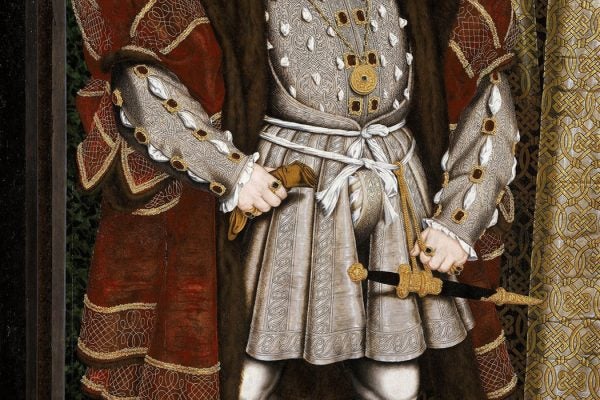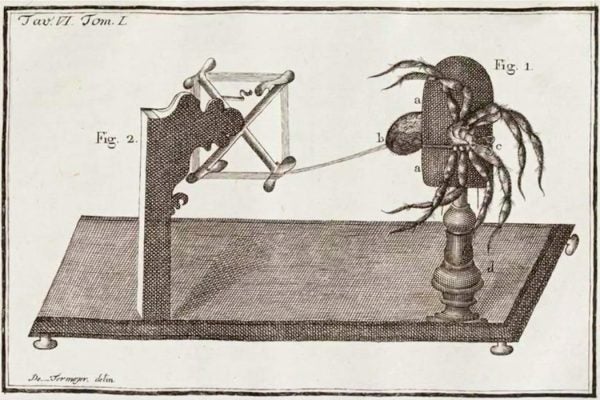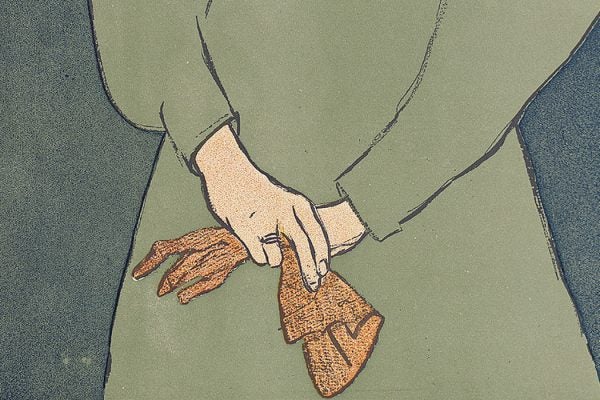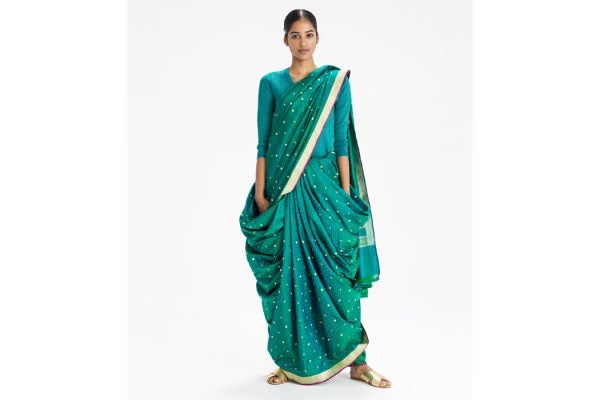Why Did the Suffragists Wear Medieval Costumes?
Medieval costume was a standard feature of US women’s suffrage parades, often with one participant designated as Joan of Arc.
Insect Jewelry of the Victorian Era
The wing-cases of gold-enameled weevils hung from necklaces; muslin gowns were embroidered with the iridescent green elytra of jewel beetles.
How Colonialism Shaped Body Shaming
When did heaviness and curviness in women become connected with the idea of "savagery"? It has a lot to do with 19th-century imperialist world views.
Ed Hardy Changed Tattooing Forever
Trained as a printmaker, this artist helped change American tattooing from a fringe behavior into an art form people use to express themselves.
A Mini History of the Tiny Purse
The purse has always been political, a reflection of changing economic realities and gender roles.
The Codpiece and the Pox
A brief history of the codpiece, that mysterious garment favored by 16th-century gents who just may have been covering up their cases of syphilis.
The Tangled History of Weaving with Spider Silk
Spider silk is as strong as steel and as light as a feather, but attempts to industrialize its production have gotten stuck, so to speak.
The Gender-Bending Style of Yankee Doodle’s Macaroni
The outlandish "macaroni" style of 18th-century England blurred the boundaries of gender, as well as class and nationality.
What Gloves Meant to the Victorians
According to one historian, the year 1900 was “the zenith of glove-wearing,” when any self-respecting Victorian (British or American) wouldn’t be caught dead without covered hands.
Why Saris are Indian Material Culture
Between 1996 and 2003, a folklorist studied the connection between handlooms (technology), sari makers (producers), and sari wearers (consumers) in the ancient city of Banaras.
